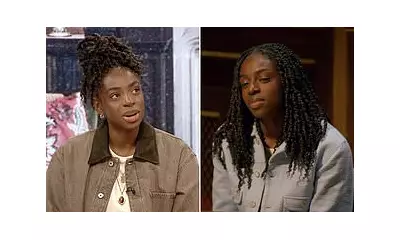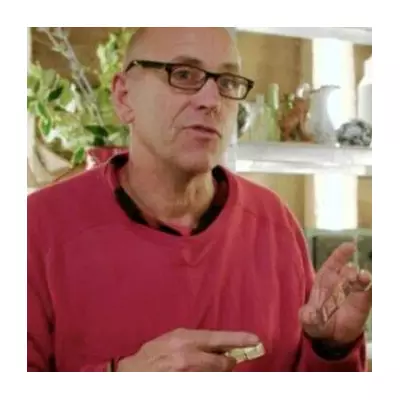
Buckingham Palace has moved to clarify a curious detail surrounding the naming of the King's brother, following his removal from royal duties. After initially being announced as Andrew Mountbatten Windsor, the Palace has now confirmed that his surname will officially include the hyphen, aligning with the established family name used by other descendants of the late Queen.
The Hyphen Controversy
When the Palace unveiled the new styling for the King's brother late last month, a notable absence caught the attention of royal observers. The official statement declared he would be known as Andrew Mountbatten Windsor, conspicuously missing the hyphen that forms part of the official Mountbatten-Windsor surname. This omission stood in stark contrast to the naming convention used by other members of the family.
Princess Anne first used the hyphenated form when she signed her marriage register in 1973 as Anne Mountbatten-Windsor. More recently, the children of the Duke and Duchess of Edinburgh and the Duke and Duchess of Sussex all use the double-barrelled surname with the connecting punctuation. The consistency of this usage made the initial announcement for the King's brother particularly puzzling.
A Royal Legacy of Naming
The significance of the Mountbatten-Windsor name dates back 65 years to a pivotal decision by the late Queen. In 1960, Queen Elizabeth II issued a formal declaration through the Privy Council, just days before the birth of her third child, Andrew. This declaration established that her direct descendants, excluding those holding the style of Royal Highness and the title of Prince or Princess, would bear the name Mountbatten-Windsor.
This decision represented an important concession to her husband, Prince Philip. Upon her accession in 1952, the Queen had determined that the royal family's surname would remain Windsor, rather than adopting Philip's surname, Mountbatten. The Duke of Edinburgh was reportedly deeply unhappy with this, once complaining that he was "the only man in the country whose children would not bear their father's name." The 1960 compromise of a hyphenated surname served as a meaningful gesture to honour her husband.
Resolution and Moving Forward
Royal sources have now confirmed that the initial announcement which omitted the hyphen was an oversight. The Palace has since examined the original 1960 declaration, which explicitly includes the hyphen, and will use the correct form from now on. A palace spokesperson had initially stated that "Andrew Mountbatten Windsor was the name agreed," when questioned about the punctuation's absence following the October 30th announcement.
The correction brings the King's brother's surname in line with how it appears on the royal family's official website and with the usage of other family members. The episode highlights the intricate nature of royal protocols and the significance attached to even the smallest details of royal nomenclature, particularly those connected to the legacy of Queen Elizabeth II and Prince Philip.





